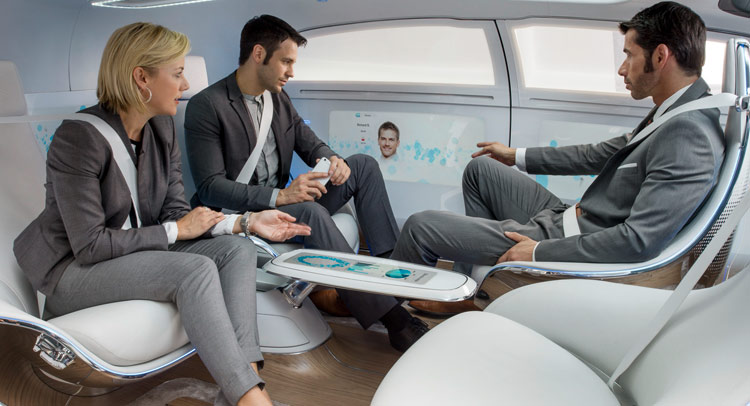Nikhil Gowda is a researcher at Stanford University’s Center for Design Research and he had an epiphany during his commute by train about people’s sitting habits.
After much personal observation and sketching, he’s reached the conclusion that when people sit for a very long time, they instinctively tend to slouch. This apparently happens for a number of reasons including relaxation of muscles, reading or browsing the web on a smartphone.
Nikhil remarks “some postures are outright hilarious, while most instinctively support the body using the skeletal framework while allowing the muscles to relax. “
Passengers in autonomous cars of the future will exhibit this same pattern and he thus argues that seating cannot remain as it is in conventional cars.
He points a finger at the concepts the automotive giants have shown so far and says they will not cut it. If this really is such a big deal, then it should be addressed, but how?
Once the steering wheel is eliminated, the flexibility will be practically endless. In regards to the slouching problem, perhaps this could be seen as a way to improve people’s postures en masse.
Seats could retain their current basic shape, but they could be fitted with vibration in the padding to alert the occupant of an improper posture. Another way would be to just have people sit in a reclined position, like you would by a pool, thus freeing the shoulder muscles of supporting the weight of the head.
If you sat reclined, though, seat belts would be trickier to engineer – maybe if cars are deemed “uncrashable” at some point, they could be removed altogether.
This is an interesting topic and since the idea is out, the problem should be scientifically examined further.
Mercedes F 015 Luxury in Motion interior pictured, story via Autoblog, Linkedin












